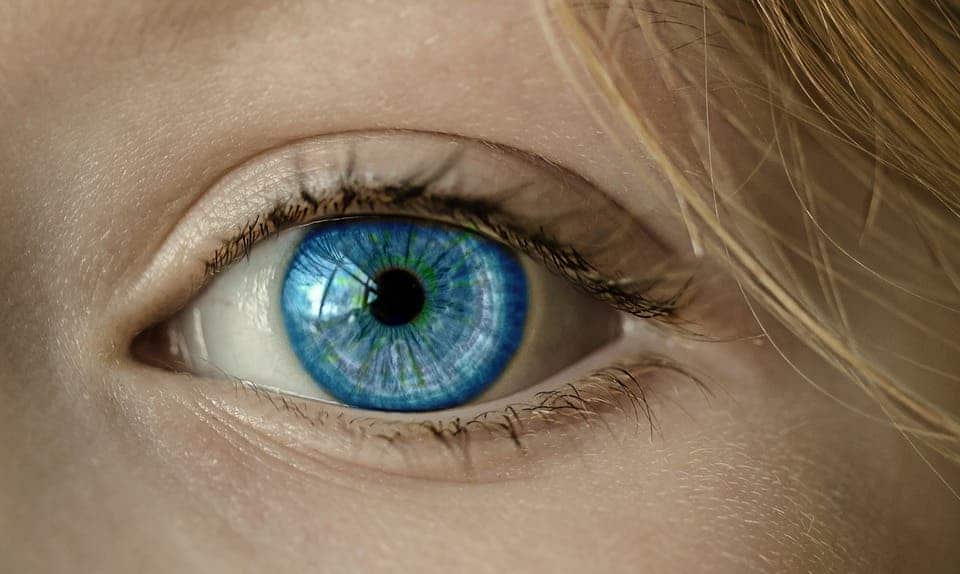Our pupils get bigger in response to dark conditions in order to allow more light into our eyes. Conversely, in bright conditions the pupils contract. Interestingly, a new study found that simply imagining a dark or bright light source is enough to change pupil size, even in the absence of visual stimuli.

Nahid Zokaei, a researcher at the University of Oxford, along with colleagues, performed a series of experiments in which 22 men and women were shown dark and light patches. Each patch was associated with a specific sound.
After they learned to associate the sounds with the patches, during one experiment the patches flashed on a screen and would disappear after being displayed for only two seconds. The participants then had to imagine the correct corresponding patch when they heard a certain sound.
Amazingly, the study revealed that simply by thinking of a dark patch, the participants’ pupils would enlarge. The same would happen in the case of imaginary bright patches, which prompted the pupils to contract.
“The results provide surprising and consistent evidence that pupil responses are under top-down control by cognitive factors, even when there is no direct adaptive gain for such modulation, since no visual stimuli were presented or anticipated. The results also strengthen the view of sensory recruitment during working memory, suggesting even activation of sensory receptors,” the researchers wrote in the journal PNAS.
These are exactly the same results you would expect to see when physically looking at bright or dark objects — another testament to the power of our minds.
“The thought-provoking corollary to our findings is that the pupils provide a reliable measure of what is in the focus of mind, thus giving a different meaning to old proverbs about the eyes being a window to the mind,” the authors remarked.









